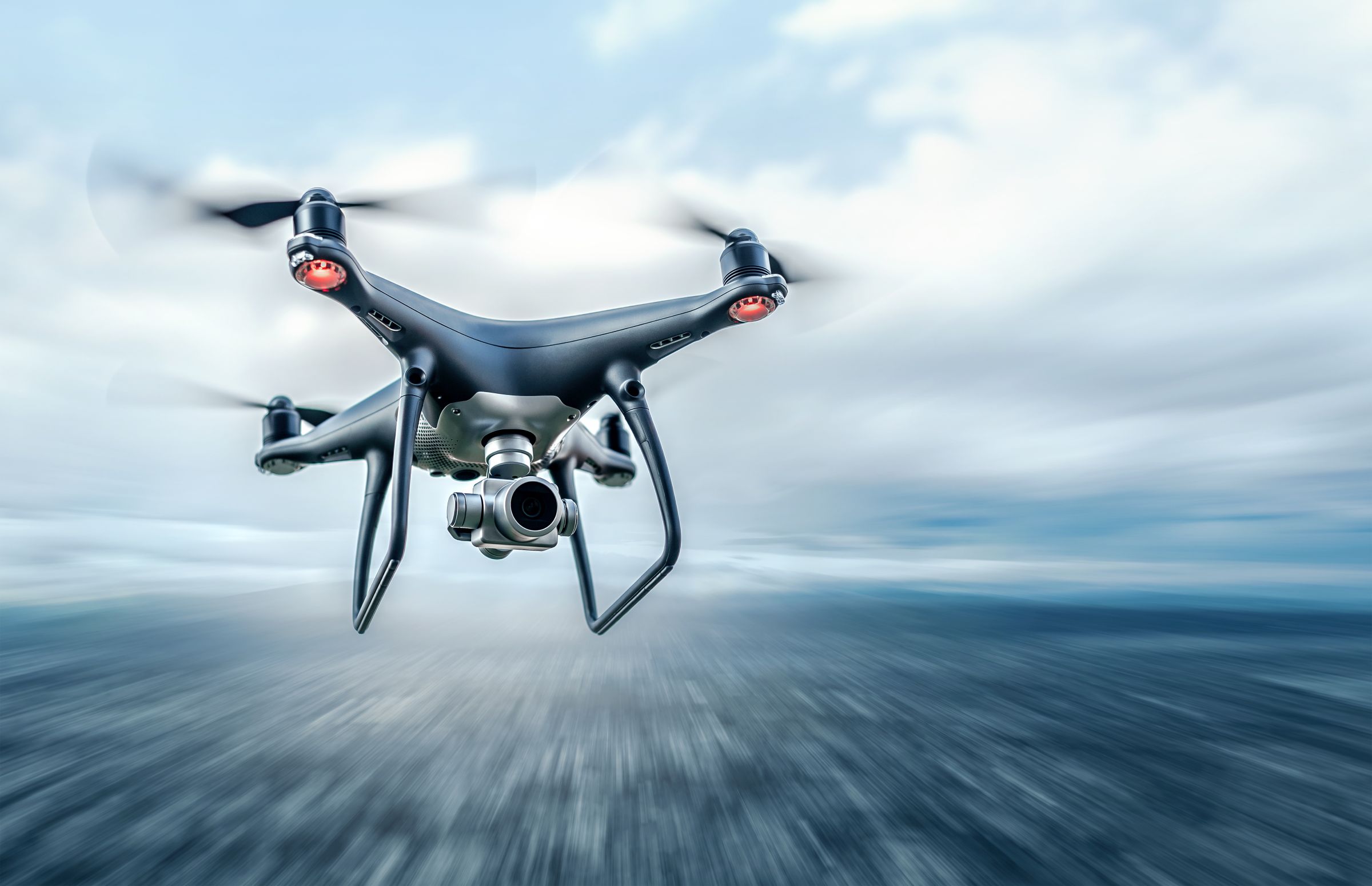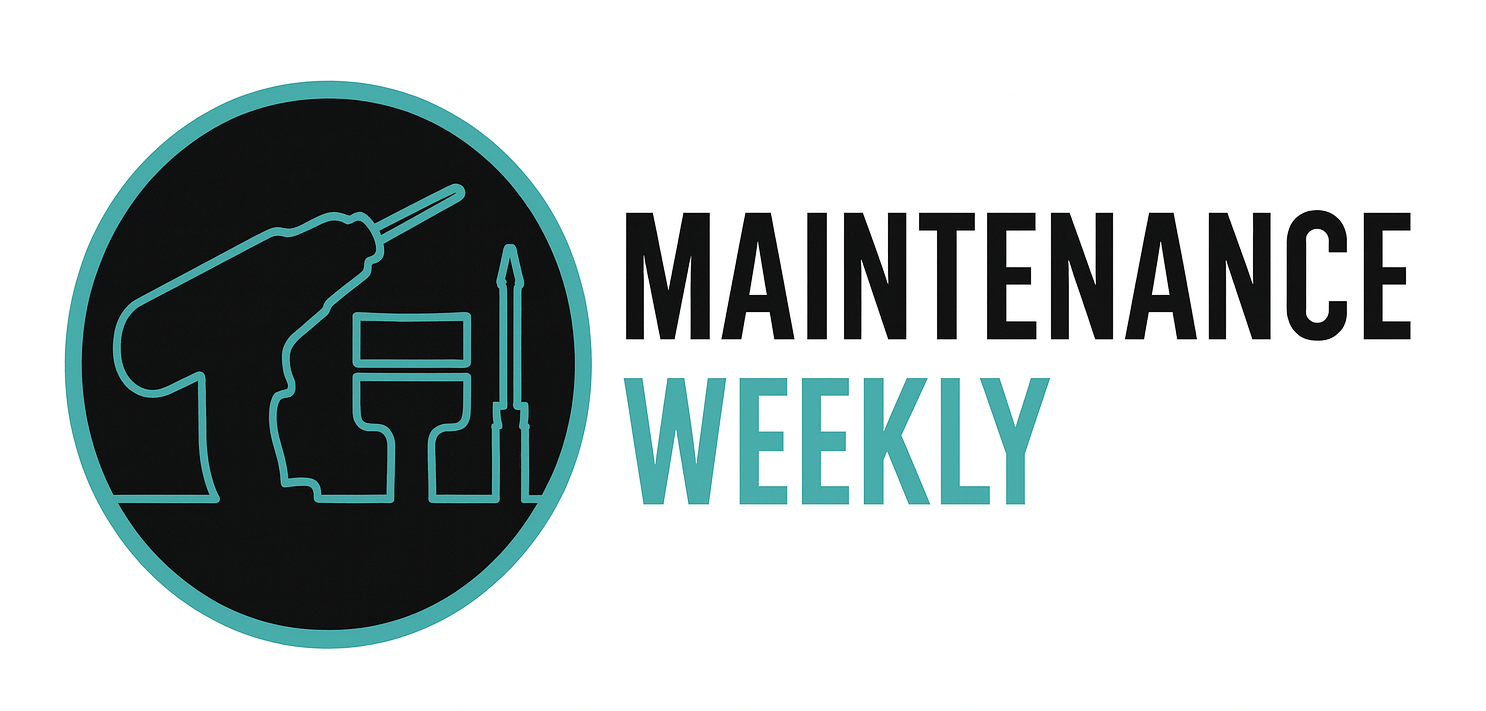The Future of Aircraft Maintenance:
How Technology Is Changing the Career
Aircraft maintenance is moving from “fix it when it breaks” to “prevent it before it happens.” Four forces are leading the shift: drone inspections, AI-driven predictive maintenance, digital twins, and sustainability initiatives. Here’s what these trends mean for day-to-day work, required skills, and the long-term career outlook.
1) Drones for Inspections: Faster eyes, safer access
What’s changing
-
Small unmanned aircraft systems (sUAS) are being used to inspect hard-to-reach areas—vertical stabilizers, upper fuselage, wing roots, nacelles—without scaffolding or cherry pickers.
-
High-resolution RGB, thermal, and LiDAR payloads capture detail that can be reviewed frame-by-frame, annotated, and stored in digital records.
Benefits
-
Speed: Turnaround times for routine exterior checks can drop from hours to minutes.
-
Safety: Less working at height, less time on stands in windy or icy conditions.
-
Consistency & traceability: Repeatable flight paths and imaging protocols improve audit trails.
New skills for techs
-
Understanding drone inspection SOPs and safety perimeters on the ramp or in the hangar.
-
Interpreting aerial imagery (surface corrosion, lightning strike pitting, paint and sealant degradation, bird-strike evidence).
-
Using photogrammetry or orthomosaic tools to measure defect size and track changes over time.
-
Where required, having or working with colleagues who have the appropriate UAS pilot credentials and airfield authorization.
Impact on roles
-
A&P technicians increasingly collaborate with UAS operators and data analysts. Many shops designate a “drone lead” who coordinates flights, ensures data quality, and moves findings into the work order system.
2) Predictive Maintenance with AI: From time-based to condition-based
What’s changing
-
Instead of relying only on fixed intervals (flight hours/cycles), airlines and MROs are analyzing real-time and historical signals—vibration, temperatures, pressures, fuel flow, oil debris monitors, and built-in test results.
-
Machine learning models flag components trending out of normal ranges, forecast remaining useful life (RUL), and recommend actions before a failure grounds the aircraft.
Benefits
-
Higher dispatch reliability and fewer AOG events.
-
Optimized parts usage: Replace components closer to actual end-of-life; avoid premature swaps.
-
Smarter scheduling: Align predicted removals with planned checks to minimize downtime.
New skills for techs
-
Reading dashboards and trend graphs, understanding confidence intervals, and knowing when to escalate.
-
Capturing clean data (accurate fault codes, precise write-ups) because data quality = model quality.
-
Working alongside data engineers who tune models, while providing the field reality check on false positives/negatives.
Impact on roles
-
Troubleshooting shifts from purely reactive sleuthing to evidence-guided diagnostics. The best technicians will blend hands-on intuition with data literacy—asking: “Is this signal a sensor issue, a configuration quirk, or a genuine degradation?”
3) Digital Twins: A living aircraft model for smarter maintenance
What’s changing
-
A digital twin mirrors an individual tail number’s configuration, service history, sensor data, and operating environment.
-
Techs and planners can simulate “what-if” scenarios (e.g., defer a task by 25 cycles, change a route profile, adjust torque procedures) and see potential impacts.
Benefits
-
Configuration control: Every mod, SB/AD compliance, and parts interchangeability is tracked in one place.
-
Planning accuracy: Pre-position the right kits and tooling, shorten check times, and reduce “no-fault-found” removals.
-
Training & collaboration: New hires can explore system behavior virtually before touching the aircraft.
New skills for techs
-
Navigating the twin’s 3D models, layers, and lineage (which serial number is installed where, with which limits).
-
Linking findings (from borescope images to NDT results) back into the twin so it remains a single source of truth.
Impact on roles
-
Planners and leads become scenario designers, balancing safety, cost, and availability. Line techs gain clearer context on why a task is prioritized and how it affects the fleet.
4) Sustainability Trends: Maintenance as a lever for greener operations
What’s changing
-
Airlines are pursuing fuel-burn reductions via meticulous maintenance: optimized engine washes, precise rigging, tire pressure management, and aerodynamic cleanliness (sealant repairs, paint condition).
-
Expanded use of repaired/overhauled components and circular MRO practices reduce waste and cost.
-
Adoption of environmentally friendlier materials (solvents, paints, cleaners) and better waste capture in hangars.
-
Integration with broader initiatives like SAF usage and carbon reporting—maintenance data feeds the sustainability story.
Benefits
-
Lower operating costs (fuel is a major line item).
-
Regulatory and customer alignment as reporting expectations increase.
New skills for techs
-
Understanding how small mechanical tolerances (e.g., flap rigging, seal gaps) translate into drag and fuel burn.
-
Using measurement tools and checklists that tie maintenance tasks directly to fuel-efficiency KPIs.
-
Proper handling/disposal of new chemistries and materials.
Impact on roles
-
Maintenance teams are now front-line contributors to sustainability goals. Expect more collaboration with flight ops, engineering, and environmental teams—and visibility when your work saves fuel or reduces emissions.
What This Means for Your Career
1) Hybrid skill sets win
-
Keep your core A&P foundations rock-solid: systems, structures, powerplant, avionics basics, safety culture.
-
Layer in data literacy: reading dashboards, understanding trends, giving clean inputs to analytics tools.
-
Get comfortable with digital workflows: electronic task cards, imaging tools, 3D models, and configuration systems.
2) Certifications & training to consider
-
OEM and airline/MRO type courses remain essential.
-
UAS inspection training where applicable; familiarity with ramp permissions and safety rules.
-
Short courses in reliability engineering, basic Python/SQL (even at a “read-only” level), or data visualization can set you apart.
-
NDT upskilling (eddy current, ultrasonics, thermography) pairs well with drone and digital twin imaging.
3) Day-to-day changes you’ll notice
-
More pre-task briefings fed by predictive alerts (“this pack is trending hot”), with parts pre-kitted.
-
Less time on lifts and more time reviewing imagery and validating signals.
-
Clearer traceability: photos, measurements, and decisions attached to the work order and the digital twin.
4) Soft skills matter more
-
Communicating findings across disciplines (ops, engineering, data science) is now routine.
-
Comfort with continuous learning—tools and dashboards will evolve; your value grows when you adapt quickly.
Getting Ready: A 6-Month Upskilling Roadmap (sample)
-
Month 1–2:
-
Refresh fundamentals: ATA chapters you touch most, updated MEL/CDL familiarity.
-
Intro to data for maintainers: dashboards, basic statistics (trends, anomalies, false positives).
-
-
Month 3–4:
-
Imaging & inspection: structured photo capture, measurement from images, report annotation best practices.
-
Sustainability playbook: engine wash intervals, rigging checks, aerodynamic cleanliness checks tied to fuel KPIs.
-
-
Month 5–6:
-
Digital systems: hands-on with your shop’s E-task cards, config tracking, and (if available) digital twin viewer.
-
Team project: run a small predictive-alert to action loop—document the signal, inspection steps, parts, and outcome; present results.
-
Bottom Line
The future of aircraft maintenance is smarter, safer, and more data-driven. Drones expand your reach, AI shifts you to prevention, digital twins give you context, and sustainability turns routine tasks into measurable fuel and emissions savings. For technicians who combine hands-on expertise with comfort in digital tools and data, the career path is widening—with new specializations and leadership roles emerging as technology becomes standard on every ramp and in every hangar.
Source: ChatGPT
